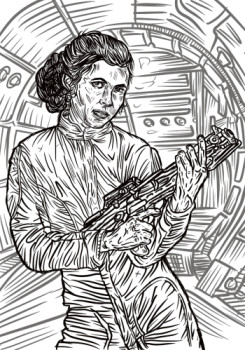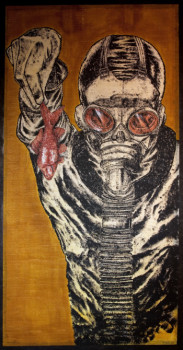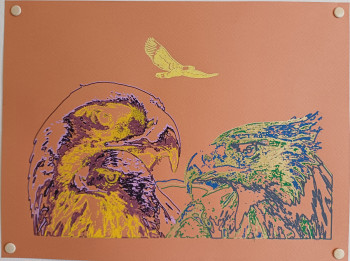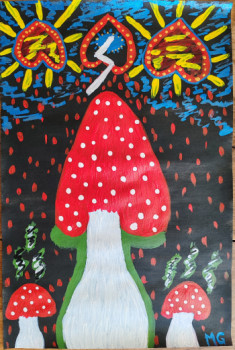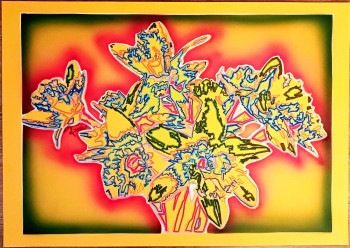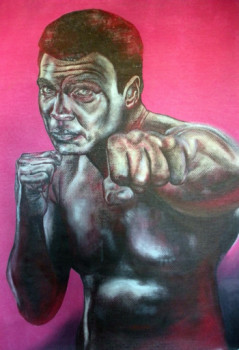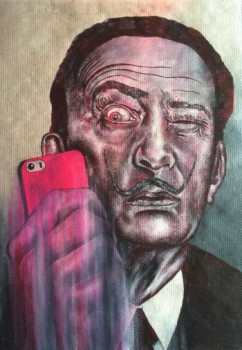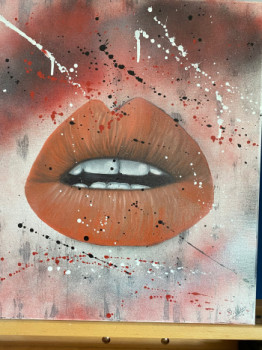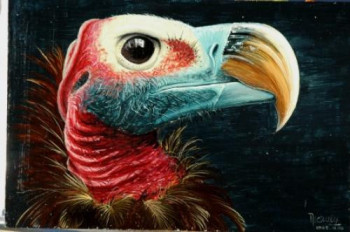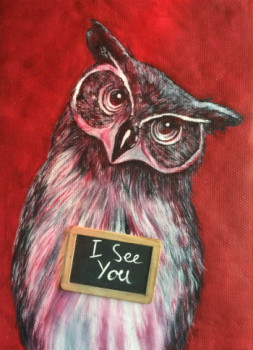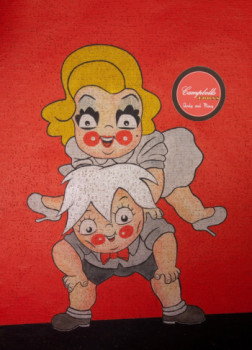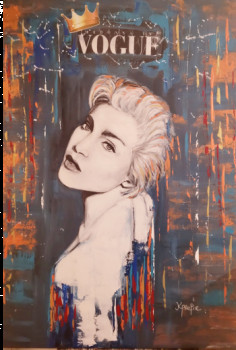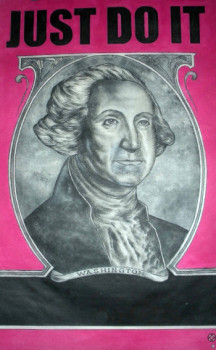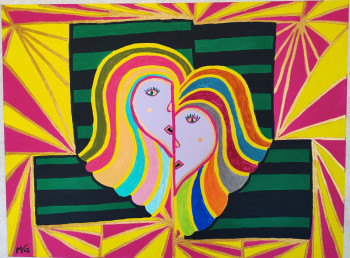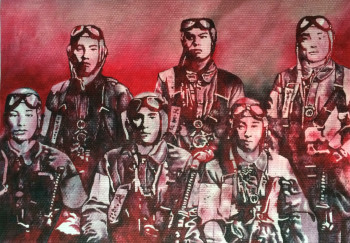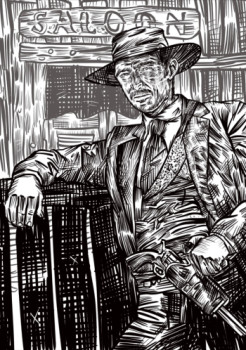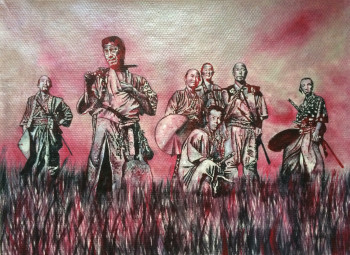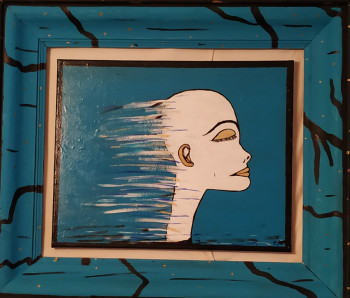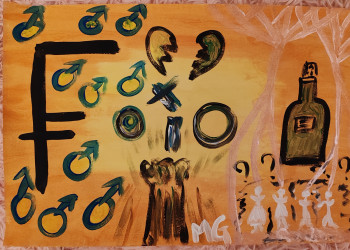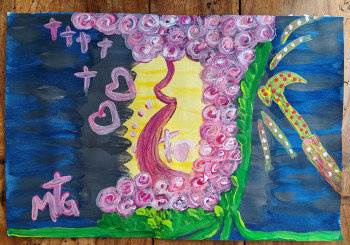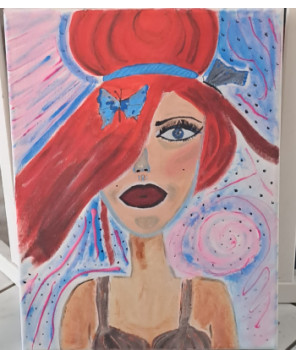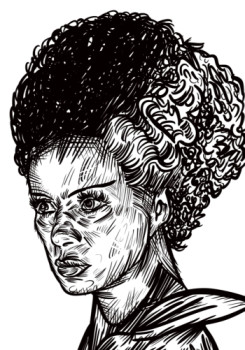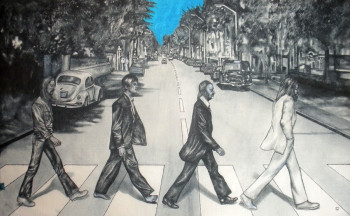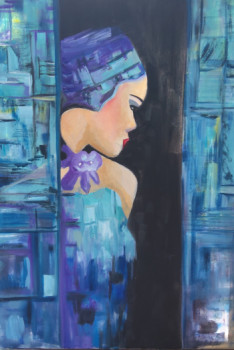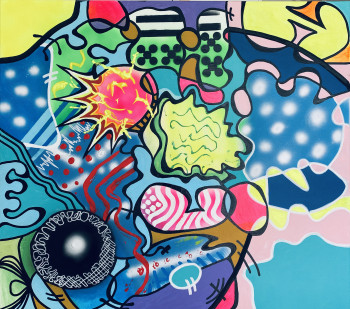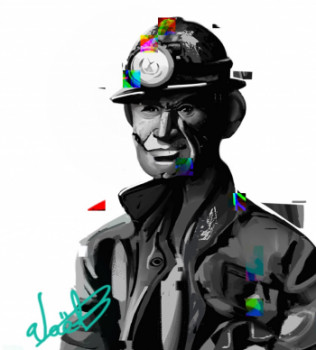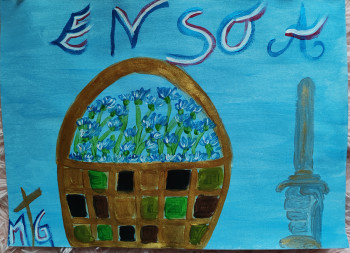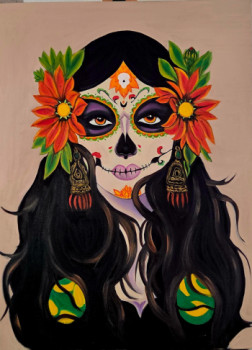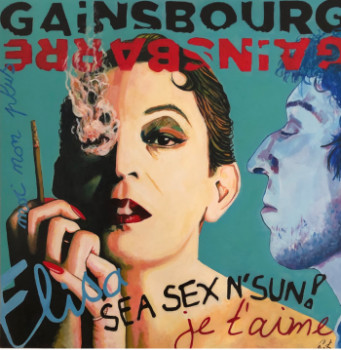
Andy Warhol, the serial genius
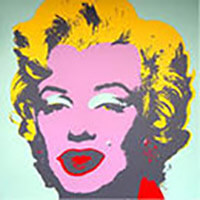
Andy Warhol, whose real name is Andrew Warhola, is an American painter, born August 6, 1928 in Pennsylvania and died on February 22, 1987 in New York. All of Warhol's genius was expressed in different materials such as painting, plastic art, cinema, music and in the field of culture in general. He is considered one of the fathers Pop art, contraction of popular art, non-conformist, artistic and cultural movement, which emerged at the beginning of the 1950s in Great Britain with Richard Hamilton among others, in France with the sculptor César and towards the end of the 1950s in the United States with notably Andy Warhol, Roy Lichtenstein and Jasper Johns. Warhol revolutionized his time by desecrating art in multiple ways and in different areas. He is one of the greatest artists of the 20th century.
Andy, the Lonely Kid
From a practicing Christian family struggling to cope. to finish the ends of the month, Andy Warhol is raised in a poor suburb of Pittsburg. Child, feeling unhappiness inside; At school with his friends, he took refuge in his secret garden, drawing, collecting photos of movie stars and listening to the radio. It is there, alone in his room, that he begins to develop his ideas. create this very particular universe that he will try to realize later in his works, and not only as a painter.
The Warhol paradox: non-conformist artist and businessman
During his studies at the Carnegie Institute of Technology in Pittsburg, Andy Warhol found his style: stamp drawing. He will work for various magazines such as Glamor and Vogue, and do commercial drawings for a shoe manufacturer. From there his destiny as a unique painter was born. He exhibited his works for the first time in 1952 in Paris. the Hugo Gallery at New York. He assumes the sideé commercial of his drawings. He wants to earn money while remaining a painter. He created his own advertising production company for which he received several awards. Perhaps due to his modest origins, Warhol is uninhibited compared to the money for which he even sees a form of art in his life. know how to earn it. Not content with a commercial logic, in 1961 he created 5 paintings based on the world of comics, with Superman and Popeye among others, thus desecrating, in a pure pop art spirit, the ;art which has a tradition of only sublimating noble subjects. His comic characters shock, disturb, scandalize: pop art and Warhol have won over the world. the battle against classical art.
Stars, dollars and death
He followed this up in 1962 with his screen printing on the dollar, thus carrying out a new sacrilege: by duplicating his work in series , Warhol breaks the principle that a work of art remains unique. By multiplying his works in this way, Andy Warhol, a serial painter, can sell the same work several times, revolting art purists. He entered the legend when he did it again the same year with his neon-colored screen print on Marylin Monroe, a work which will remain in the history of pop art and art in general. He produced numerous portraits of stars, such as Elvis Presley, and imposed his style, his personality, his art. He will end this period by painting on the theme of death, closing the painter's non-conformist triptych, stars, dollars and death, before adding a new rope to his work. the arc of his art.
Warhol makes his cinema
In the mid-1960s, Andy Warhol, believing that he had blasphemed everything, in this field, abandons graphic art for film production. He created an innovative workshop welcoming young artists from all fields and produced films in line with the standards. its concept: non-conformist and original like this film of more than 5 hours where we see a man sleeping in a fixed shot. He also produced numerous author-directors before returning to work. the pictorial art that he will in fact never leave behind.
Warhol facing death
In 1968, a feminist activist, disappointed that her manuscript was not accepted by Warhol, attempted to assassinate him by shooting him with a gun. many times. He will narrowly escape death. the attack but will have lasting aftereffects. life.
Consecration and recognition of one's environment
Warhol, painter and artist dedicated to from the underground scene in the 1970s, he created his illustrated magazine Interview which will have a great influence on the world of art and culture. Its graphics are recognizable at first glance with their bright, offbeat colors, resembling a computer. colored photo negatives.
Farewell artist
It was in 1987, at the height of his glory, that Andy Warhol died after a minor surgical operation.
The side of an extraordinary artist
His most famous sales will remain his portrait of Mao Zedong sold for 17 million dollars, his Self-portrait for 38 million and his painting Green Car crash for 71 million.
4 major works of Andy Warhol
Always avant-garde, ahead of its time, anticipating ahead of its time. both fashions and ignoring them, Warhol innovated; both in the ideas themselves of his works and in their realizations. His screen prints on commercial products or popular personalities have surprised and then seduced the world of art and culture throughout the world. Producing his works in series like supermarket items, Andy Warhol leaves us a legacy of his genius, his winks at the world of art. provocation and its appeal to society consumption.
- Marylin Diptyque
Duplicating the Hollywood star, colorized photos on one side; and in black and white on the other, Warhol shows the glamor of the actress and her darker side. He created this graphic just after the actress' suicide in 1962. This screen print will remain Marylin's most famous image.
- Dollar sign
Repeated At will, the dollar sign of different shades spread across the graphic represents the artist's provocation but also his interest in material goods. Mocking the art world which pretends to despise money, Warhol achieved this explosive and politically incorrect mixture in 1981.
- Mao series
In 1972, the father of pop art glamorized a portrait of the Chinese dictator, like a snub to the most feared and feared head of state dreaded of the time.
- Green Coca-Cola bottles
Company icon American consumption, the Coca-Cola bottle, always repeated in series, is staged by Warhol as much to denounce this mercantile system as to highlight it. value, he who worked so many years in the advertising department. His little word on this work: « A Coca-Cola is a Coca-Cola, and no bottle will be better than the Coca-Cola that the bum down the street drinks.
Découvrez quelques oeuvres inspirées de Warhol
